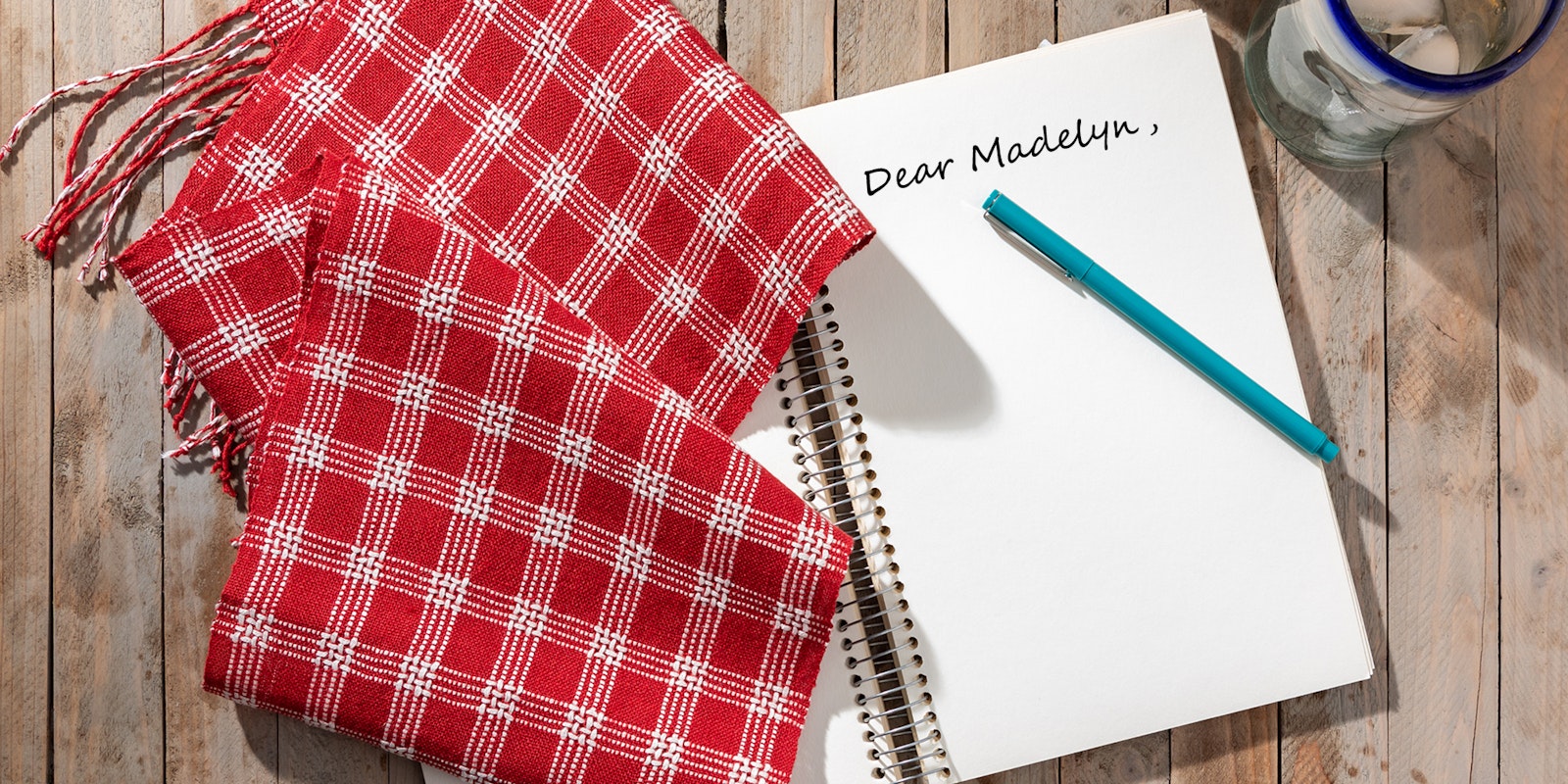Hi Madelyn, I met a great weaver yesterday, and she showed me some blankets which had lovely patterning on them. I asked about the patterns and she said it was yarn tracking, but wasn't quite sure why it had happened! It was just plain weave! I can't seem to find anything written about it, so do you have any ideas?
—Helen
Hi Helen!
Tracking is something that happens to some yarns when they are woven in plain weave—usually when the cloth is wet-finished (though I've had it happen with humidity alone). The effect makes the plain weave cloth look a bit like a twill; diagonal lines appear, sometimes quite pronounced. I have heard it said that tracking occurs most with singles yarn and/or yarns with an odd number of plies (related to the twist being primarily in one direction). I've also heard it said that for wool, it happens more with worsted-spun yarns than woolen-spun yarns. What you actually see as a pattern is the shadows made by slight creases that are caused by the twist of the yarn and how it moves in the cloth with adjacent threads.
Tracking can be a desirable effect, as it seems to have been in the case of the blanket you saw. It can also be undesirable. For some years, I wove coverlets using a 12/3 worsted wool. I loved the yarn, but it did track with washing. No amount of pressing would eliminate the effect. I felt the tracking competed with the coverlet design, so did not recommend washing them.
Most yarns commonly used by weavers don't track; at least I haven't experienced tracking with them!
—Madelyn
If you have a weaving question please email Madelyn! View related & recent "Ask Madelyn" posts!

